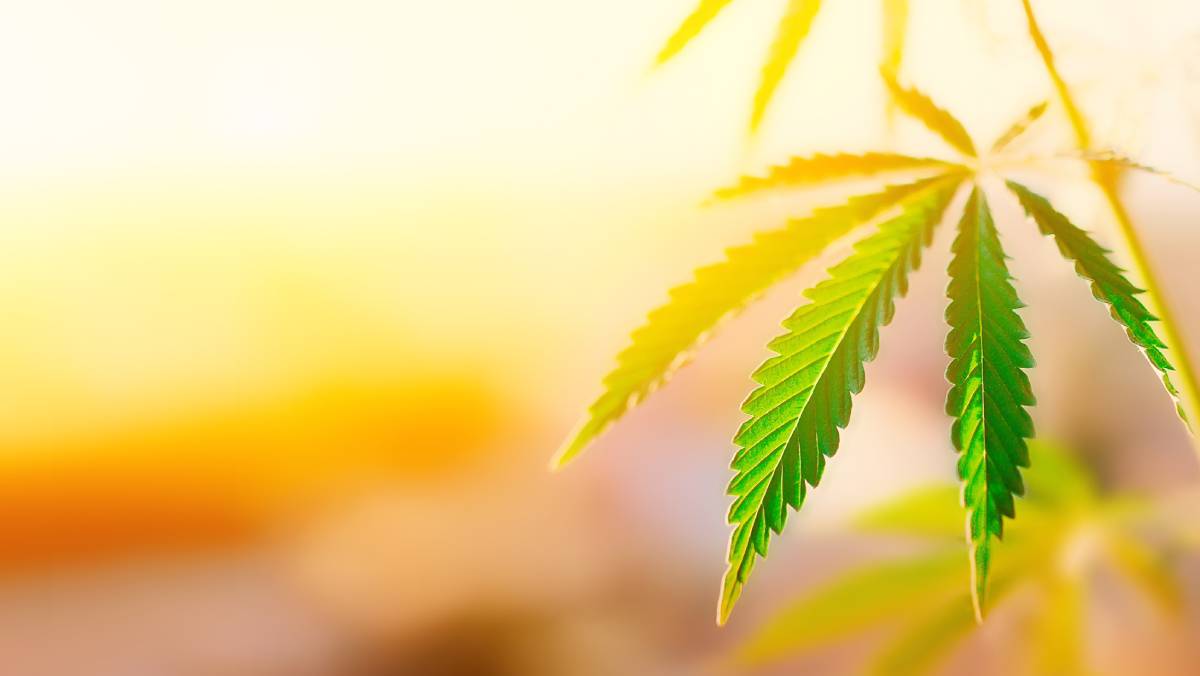Anesthesia Management in Marijuana Users

In 2016, 13% of people in the United States reported being regular cannabis smokers, compared to only 7% in 2013 [1]. Likely due to the legalization of recreational marijuana use in some states, this increase poses a unique challenge to anesthesia care [1]. Regular marijuana use can result in a need for higher doses of anesthesia and analgesics, as well as potential intraoperative and postoperative complications [1, 2]. Accordingly, it is integral for anesthesia providers to understand the drug and undertake appropriate preparations before administering anesthesia.
The cannabis plant contains over 750 chemical constituents [3]. More than 100 of these constituents are phytocannabinoids, the most well-known being δ-9-tetrahydrocannabinol (THC) [3]. Phytocannabinoids achieve most of their physiological effects by interacting with the CB1 and CB2 receptors [3]. Once exposed to phytocannabinoids, the body reacts in many ways, spanning from cardiovascular effects, such as increased heart rate and lowered blood pressure, to respiratory changes, including airway dilation in healthy patients or even bronchoconstriction in asthmatic patients [3]. These events can complicate anesthetic management by making tasks such as removing a breathing tube uncomfortable or even dangerous for patients [2].
In addition, marijuana may interact with the physiological effects of anesthesia in unexpected ways. In one case, a teenage patient and chronic smoker experienced an adverse cardiovascular reaction during surgery due to the combined effect of marijuana and anesthesia [4]. In a heart disease patient, this cardiovascular reaction could have caused ischemia and, subsequently, a myocardial infarction [2]. The consumption of marijuana edibles six to eight hours before anesthesia could result in aspiration pneumonia [2]. Lastly, marijuana could complicate emergence from anesthesia by leading to hypoxia and/or hypercarbia if foreign substances linger in the lungs [1].
Beyond those complications, anesthesiologists should also be aware of the increased dosages required for some patients who smoke cannabis. Various studies have indicated that smokers require higher doses of anesthesia than non-users [2]. While one reported that endoscopy patients who smoke require three times the amount of propofol as non-smokers, another study revealed that smokers undergoing leg surgery required a significantly greater amount of sevoflurane than their counterparts [2, 5]. This differential does not only affect the intraoperative period: marijuana users may need up to 60% more opioids to manage their postoperative pain [5].
While it would be ideal for patients to disclose their marijuana use to physicians, anesthesia providers may need to screen patients before surgery to ensure that they account for all smokers [2]. Providers need to be aware of their patient’s administration route, last use, and specific type of cannabinoid use, which may be difficult without formal testing [1]. Following confirmation of marijuana use, anesthesia providers should assess patients’ cardiovascular and pulmonary conditions to determine the risk of complication [1].
One last consideration is anesthesia management in medical marijuana patients. Because these patients typically smoke marijuana regularly, they are more likely to experience cardiovascular complications [6]. Cerebrovascular ischemia is also more likely in these patients than in tobacco smokers, and patients may exhibit difficult postoperative periods as they cope with withdrawal in some cases [6]. Because physicians must take different approaches when treating chronic smokers compared with other smokers, these instances relate perhaps the most integral part of anesthesia management in marijuana users: adopting a heterogeneous approach.
References
[1] C. Horvath, “Marijuana Use in the Anesthetized Patient: History, Pharmacology, and Anesthetic Considerations,” AANA Journal, vol. 87, no. 6, p. 451-458, December 2019. [Online]. Available: https://nurseanesthesiology.aana.com/marijuana-use-in-the-anesthetized-patient-history-pharmacology-and-anesthetic-considerations.
[2] D. Hepner, “Coming clean: Your anesthesiologist needs to know about marijuana use before surgery,” Harvard Health Publishing, Updated January 15, 2020. [Online]. Available: https://www.health.harvard.edu/blog/coming-clean-your-anesthesiologist-needs-to-know-about-marijuana-use-before-surgery-2020011518642.
[3] R. S. R. Lynn and J. L. Galinkin, “Cannabis, e-cigarettes, and anesthesia,” Current Opinion in Anaesthesiology, vol. 33, no. 3, p. 318-327, June 2020. [Online]. Available: https://www.doi.org/10.1097/ACO.0000000000000872.
[4] A. E. Cossu et al., “Pharmacologic chaos: severe hypotension from interactions of anesthetics, marijuana, amphetamines, and paroxetine,” Journal of Clinical Anesthesia, vol. 55, p. 1-17, August 2019. [Online]. Available: https://www.doi.org/10.1016/j.jclinane.2018.12.040.
[5] D. Thompson, “Study: Pot users may need more anesthesia, painkiller during, after surgery,” UPI, Updated October 6, 2020. [Online]. Available: https://www.upi.com/Health_News/2020/10/06/Study-Pot-users-may-need-more-anesthesia-painkillers-during-after-surgery/3921602012772/.
[6] E. M. Davidson, R. Noa, and A. M. Eyal, “Anesthetic considerations in medical cannabis patients,” Current Opinion in Anaesthesiology, vol. 33, no. 6 p. 832-841, December 2020. [Online]. Available: https://www.doi.org/10.1097/ACO.0000000000000932.
